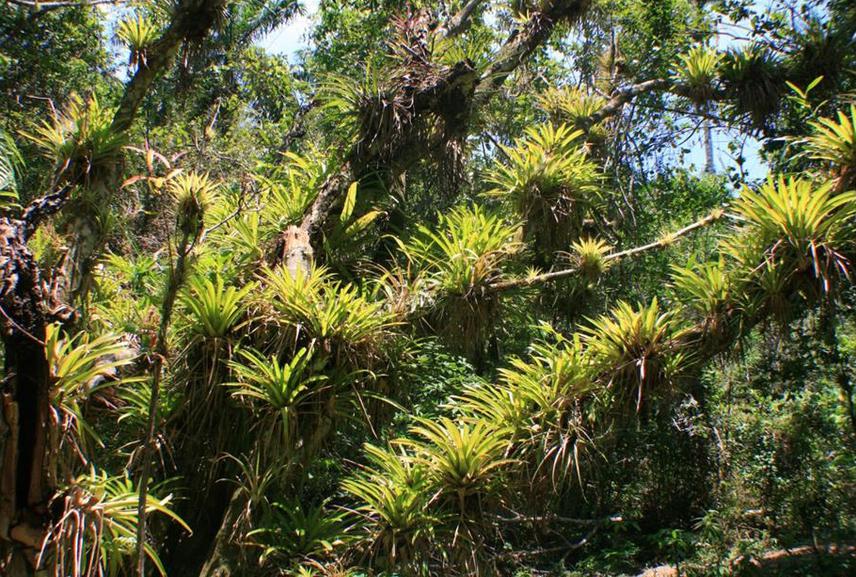Lucia Hechavarria Schwesinger
Other projects
19 Jul 2013
Implementing Conservation Action Plan for Vascular Epiphytes of Guamuhaya Range, Central Cuba: Current Local Knowledge Diagnosis and Environmental Education
21 Sep 2015
The Vascular Epiphytes of Guamuhaya Range, Central Cuba. Local Empowerment on Sustainable Use of Biodiversity: The Community La 23 Epiphytic Garden Study Case
The project proposal is to trace the management strategies for the long lasting conservation of vascular epiphytes present in Guamuhaya range.

Cuba’s flora is comprised of ca. 7000 species of vascular plants, ca. 8% are epiphytes, but in despite of its species richness and abundance are poorly recorded in checklists or inventories. The Guamuhaya massif (1 948 Km2) is the less studied in biodiversity matter comparing to the western and eastern Cuban mountain ranges. In there are established two protected areas: Natural Park “Topes de Collantes” and Ecological Reserve “Alturas de Banao”, but it is also subjected to important economic activities such as agriculture, forestry, cattle and tourism. It is knows the role that play vascular epiphytes in the tropical forest dynamics and the importance of these plants as bio-monitor of climate change, mainly in islands. For these reasons our project proposal is to trace the management strategies for the long lasting conservation of vascular epiphytes present in Guamuhaya range where there is no enough information about these charismatic plants.
The project main goal is to trace the management strategies for the long lasting conservation of vascular epiphytes in the region. The vascular epiphytes checklist of Guamuhaya mountainous massif, including the endemism degree and preliminary conservation status of the species will be the scientific baseline information of the project. Also we are going to make the inventories per ecosystems and vegetation units, including additional information on determined species biology, like host plant characteristics, substrate, exposition and orientation and the confection of a document about the management strategies for vascular epiphytes conservation in natural and agro-ecosystems present in the region.
A crucial task in our proposal is the environmental education to capacitate technical and peasant personnel through slide shows and talks, the developing of guided visit for children to see these plants in the ecologic track of the protected areas introducing the practice of the guided inquiries technique, and delivery of printed materials, including photographic tables as species identification guides and informative pamphlets to let them know about the diversity of the species present in the region, the important role that play them in the tropical forest dynamics and the best practices for its conservation.
We seek after project that technical and peasant personnel will introduce the best practices to management and conserve these plants, especially in agro-ecosystems. They can also use the new knowledge as an additional way to develop and improve the ecotourism existing in the region like the ecologic tracks already available in the protected areas.